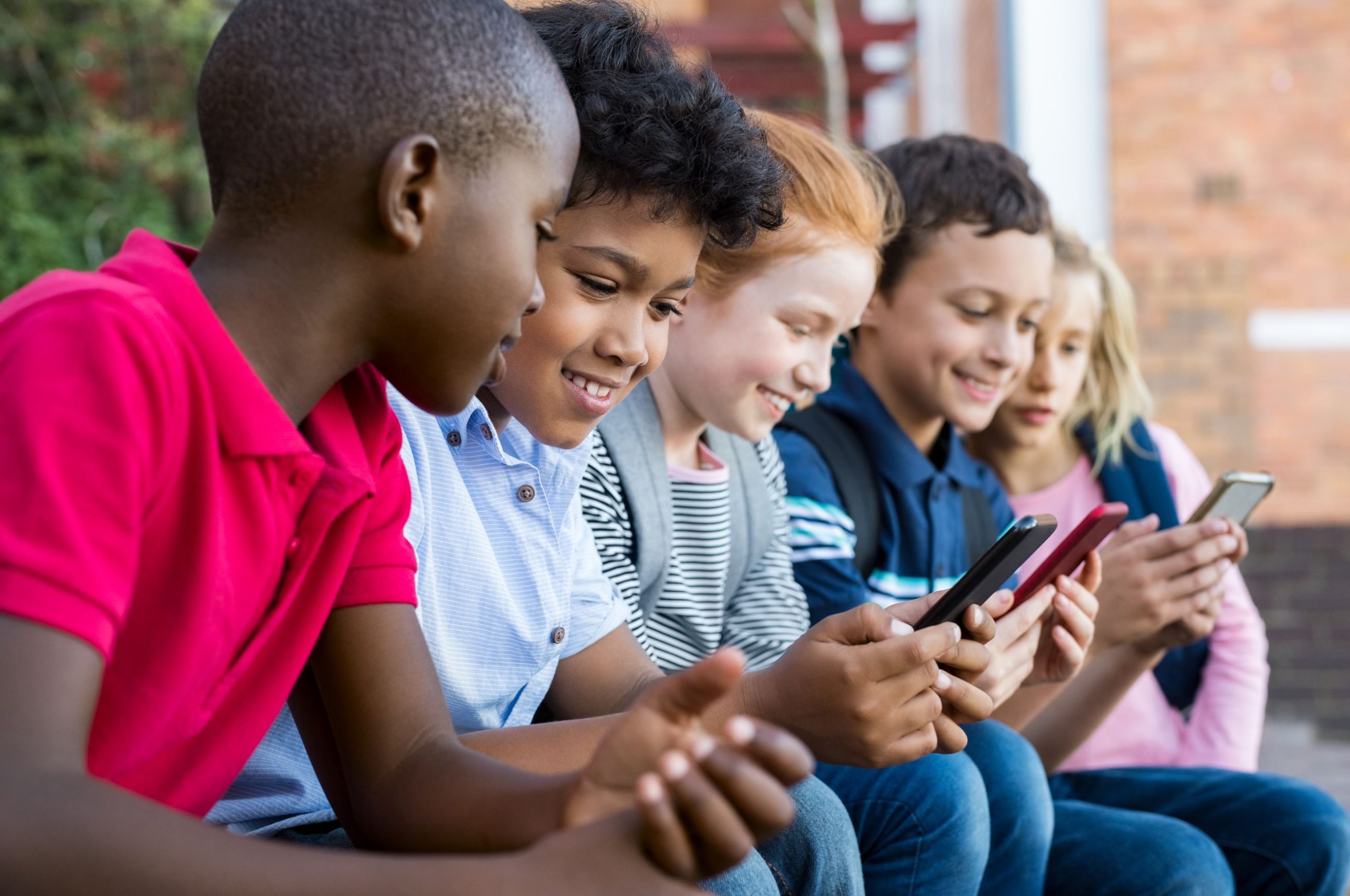nagoyasuzukiamerica.com – In the 21st century, media has become an integral part of children’s lives, shaping their perceptions, behaviors, and development. From television and movies to social media and video games, the digital world offers endless entertainment and information. However, this constant exposure to media also raises concerns about its impact on children’s well-being. This article explores the influence of media on children and provides strategies for navigating this digital landscape responsibly.
Understanding the Impact of Media on Children
Media can have both positive and negative effects on children. On the positive side, it can educate, inspire creativity, and foster social connections. Conversely, excessive media consumption can lead to issues such as obesity, sleep disturbances, and mental health problems. It’s crucial for parents and educators to understand these impacts to guide children in using media safely and effectively.
Setting Healthy Media Habits
Establishing healthy media habits is essential for mitigating the negative effects of media on children. This includes setting limits on screen time, encouraging a variety of activities that don’t involve screens, and ensuring that children engage in physical exercise and social interactions. By creating a balanced media diet, children can enjoy the benefits of media without compromising their health and development.
Promoting Critical Thinking and Media Literacy
In a world saturated with media, teaching children to think critically and develop media literacy skills is vital. This involves helping them understand the purpose behind media messages, question the reliability of information, and recognize the techniques used to influence their emotions and behaviors. By fostering critical thinking, children can navigate the digital world more safely and make informed decisions about the media they consume.
Monitoring and Guiding Media Consumption
Parents and educators play a crucial role in monitoring and guiding children’s media consumption. This means being aware of the content children are exposed to, discussing its messages and values, and providing guidance on how to interpret and respond to it. By actively participating in children’s media experiences, adults can help them develop a healthy relationship with media and protect them from potentially harmful content.
Encouraging Positive Media Use
Media can be a powerful tool for learning and growth when used positively. Encouraging children to engage with educational content, create their own media projects, and use social media responsibly can enhance their skills and knowledge. By promoting positive media use, adults can help children harness the benefits of media while minimizing its risks.
Conclusion
The influence of media on children is profound and multifaceted. While media can offer numerous benefits, it also poses significant challenges that require careful navigation. By setting healthy media habits, promoting critical thinking and media literacy, monitoring and guiding media consumption, and encouraging positive media use, parents and educators can help children thrive in the digital world. As children learn to use media responsibly, they can develop the skills and resilience needed to navigate the complexities of the modern media landscape.
